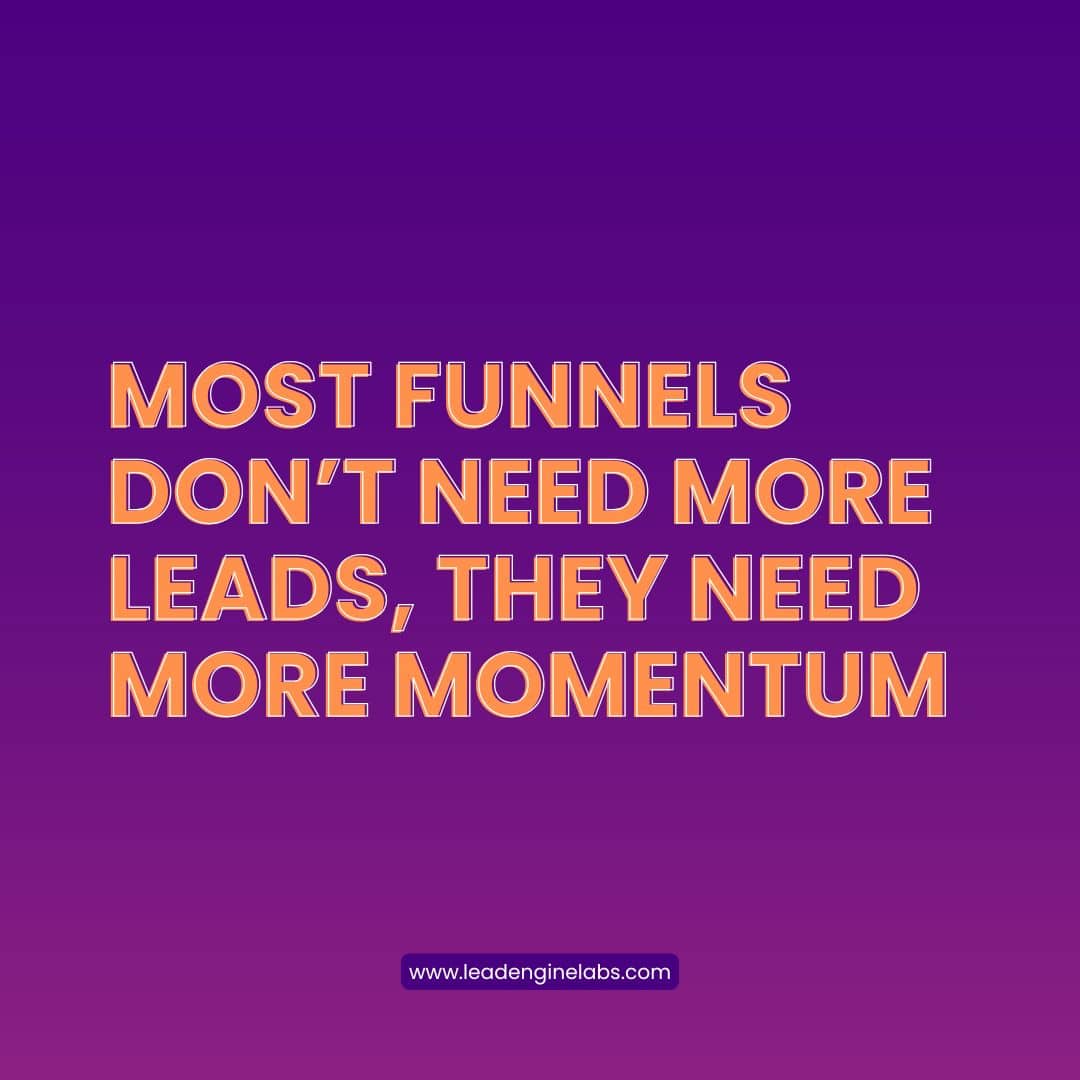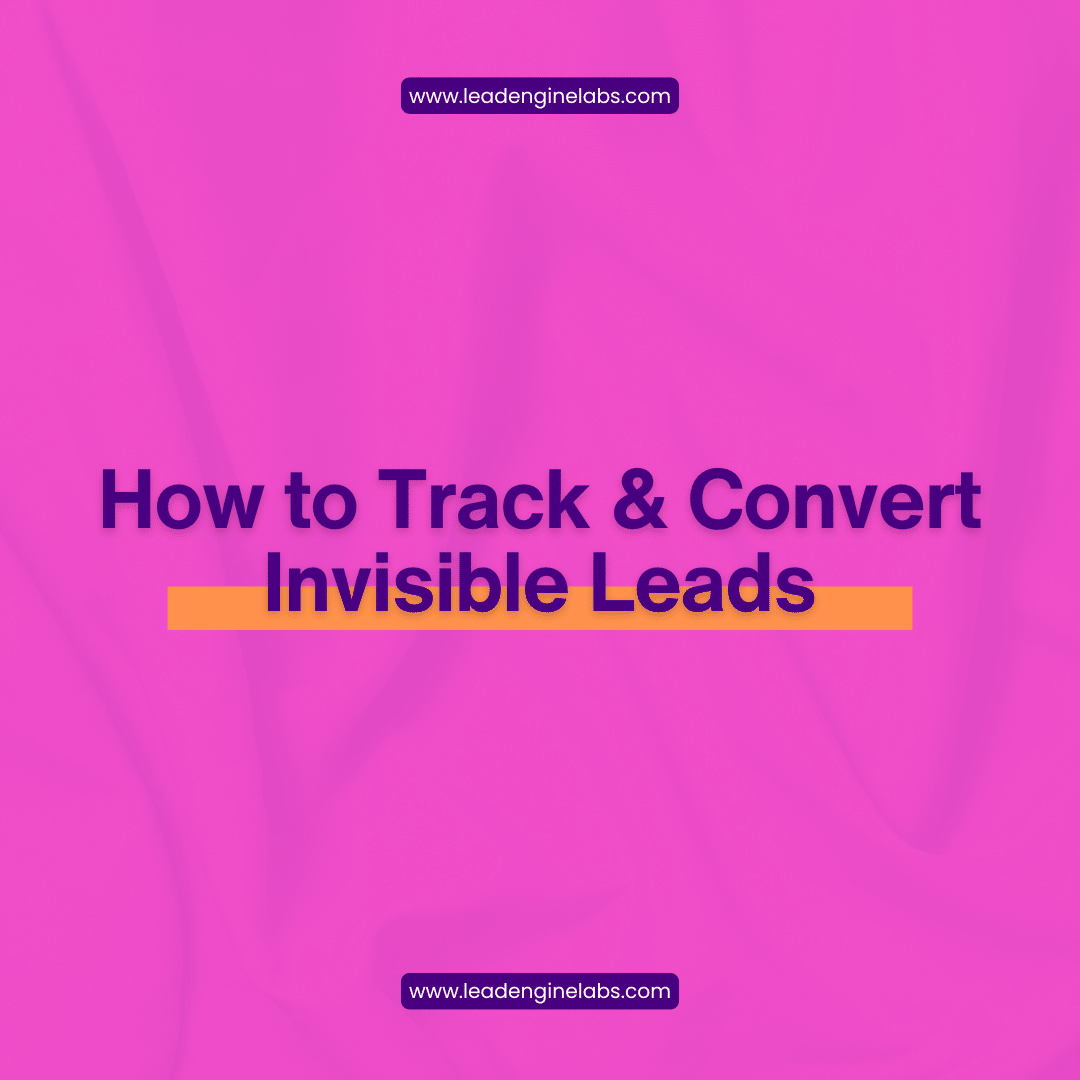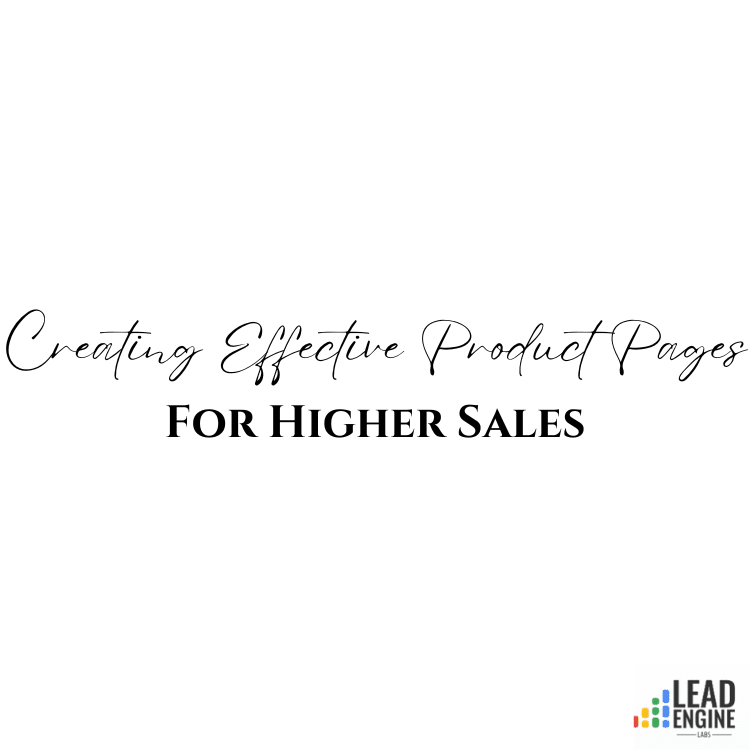B2B lead generation is supposed to be a predictable system—attract prospects, nurture them, and convert them into paying customers. Yet, most businesses unknowingly leak high-value leads throughout the process.
These leaks often go unnoticed because they aren’t as obvious as an ad campaign underperforming or a website experiencing technical issues. Instead, they happen in the gaps between marketing and sales, follow-up timing, lead nurturing, and conversion strategy.
If your funnel is leaking leads, you’re not just losing revenue—you’re wasting resources on attracting prospects who never convert. In this guide, we’ll break down the most common funnel leaks, how to diagnose them, and the best ways to fix them.
The Death of the MQL? Why B2B Marketers Are Rethinking Lead Qualification
Why Do B2B Funnels Leak?
A lead funnel leak happens when potential customers drop out of the sales process due to friction, lack of engagement, or misalignment between marketing and sales.
Here’s what typically causes it:
- Slow Response Time – Leads expect instant engagement. If you wait too long, they move on.
- Poor Lead Qualification – Your team wastes time on leads that will never buy, while real buyers fall through the cracks.
- Weak Nurturing Sequences – Prospects go cold because follow-ups are generic or inconsistent.
- Sales & Marketing Misalignment – Marketing brings in leads that sales ignores or considers unqualified.
- Lack of Multi-Channel Touchpoints – Relying on just one follow-up method (like email) instead of a mix of email, calls, and social engagement.
- No Clear Next Step – Leads aren’t guided through the funnel, so they lose interest or forget about you.
The good news? Every one of these leaks can be fixed.
Step 1: Fix Response Time Gaps
The first—and easiest—leak to fix is response time.
According to Harvard Business Review, companies that respond to leads within 5 minutes are 10 times more likely to convert them than those that wait an hour or more.
Yet, most B2B companies still take hours or even days to respond. By then, the lead has moved on.
How to Fix It
- Use Automated Lead Routing – Ensure inbound leads are instantly assigned to the right rep based on criteria like company size, industry, or behavior.
- Implement Instant Engagement – Add chatbots, AI-driven email responses, or live chat to capture and qualify leads before they disappear.
- Set Up Speed-to-Lead Alerts – Notify sales the moment a high-intent lead engages with pricing pages or demo requests.
Fast response times don’t just improve conversion rates—they also increase trust and credibility with prospects.
Step 2: Improve Lead Qualification & Scoring
Not all leads are equal. If your sales team is wasting time chasing unqualified leads, your funnel will leak revenue.
Traditional lead scoring models often fail because they rely on outdated criteria like email engagement or job title instead of real intent signals.
How to Fix It
- Refine Lead Scoring Models – Move beyond basic demographic scoring and focus on behavior-based scoring (e.g., time spent on high-intent pages, engagement with bottom-of-funnel content).
- Use Intent Data – Leverage tools like 6sense or Bombora to identify leads actively researching your product category.
- Segment & Prioritize – Assign different follow-up strategies based on lead quality (e.g., high-intent leads get a direct call, lower-intent leads go into a nurture sequence).
The goal isn’t to chase every lead—it’s to focus your efforts on the ones that matter most.
Step 3: Build Stronger Nurturing Sequences
Most B2B leads don’t convert immediately. Yet, many businesses only follow up once or twice before giving up.
A weak or inconsistent nurturing strategy results in leads going cold before they ever reach a sales conversation.
How to Fix It
- Use Multi-Touch Sequences – Mix emails, phone calls, LinkedIn messages, and retargeting ads to stay top-of-mind.
- Personalize Follow-Ups – Don’t send generic “just checking in” emails. Instead, tailor your follow-ups based on the lead’s actions (e.g., referencing content they engaged with).
- Expand Your Timeline – Nurturing isn’t a one-week process. Plan for a 90-day+ sequence with value-driven content at every stage.
A well-structured nurture sequence ensures that when a lead is finally ready to buy, your company is the first name they think of.
Step 4: Align Sales & Marketing for Seamless Handoffs
One of the biggest funnel leaks happens between marketing and sales.
Marketing teams celebrate MQLs, but sales teams often ignore them if they don’t align with their qualification criteria. This disconnect results in wasted leads and lost revenue.
How to Fix It
- Define What a Qualified Lead Looks Like – Create a shared definition of what makes a lead sales-ready.
- Set Up a Lead Handoff Process – Automate how leads move from marketing to sales with clear follow-up expectations.
- Use SLA Agreements – Marketing and sales should agree on response time, lead quality, and follow-up requirements.
When sales and marketing work together, conversion rates increase, and fewer leads slip through the cracks.
Step 5: Add Multi-Channel Touchpoints
Relying on just one channel to engage leads (like email) is a guaranteed way to lose prospects.
The best lead conversion strategies use a multi-channel approach, ensuring prospects stay engaged no matter how they prefer to communicate.
How to Fix It
- Combine Email + Social + Calls – Some leads prefer LinkedIn messages, while others respond to calls. Use both.
- Use Retargeting Ads – Keep high-intent leads engaged with personalized ads across LinkedIn and Google.
- Test SMS & WhatsApp – If your industry allows, use business messaging apps to stay in touch.
The more channels you use, the more likely you are to reach and convert leads.
Step 6: Guide Every Lead to a Clear Next Step
Even the best lead generation campaigns fail if prospects don’t know what to do next.
Many B2B companies make the mistake of not defining a clear next step—leading to decision fatigue and inaction.
How to Fix It
- Create Micro-Commitments – Instead of pushing for a demo immediately, offer a soft conversion step (e.g., “Watch this 5-minute product walkthrough”).
- Refine Your CTAs – Every email, landing page, and ad should have a clear, actionable next step—not just “learn more.”
- Use Urgency – Create a reason to act now, such as limited-time offers or exclusive events.
A lead that doesn’t take action isn’t lost forever—but they need a reason to stay engaged.
Conclusion: Fix the Leaks, Fix Your Revenue
Lead generation isn’t just about bringing in more leads—it’s about keeping them in the funnel long enough to convert.
By fixing these funnel leaks, businesses can increase conversion rates, improve lead quality, and maximize ROI on every marketing dollar spent.
At Lead Engine Labs, we help B2B companies identify and fix lead funnel inefficiencies to drive real revenue growth.
Let’s talk about optimizing your funnel today.



